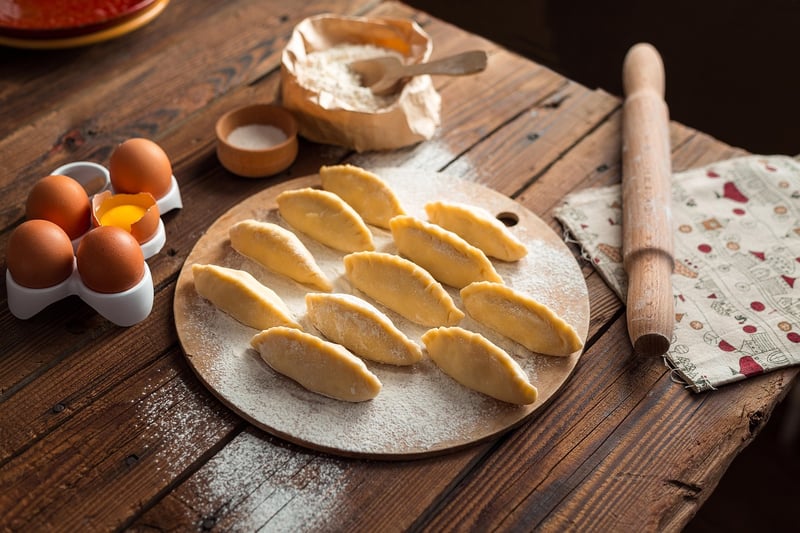Seasoning Techniques
Enhance Your Culinary Expertise with Advanced Seasoning Techniques
Are you looking to take your cooking skills to the next level? One of the key elements in elevating your dishes is mastering the art of seasoning. By understanding different seasoning techniques, you can transform ordinary meals into extraordinary culinary creations. Let's explore some advanced seasoning methods that will help you enhance flavors and impress your taste buds.
1. Layering Flavors
Layering flavors is a common technique used by professional chefs to create depth and complexity in dishes. Start by seasoning your ingredients at different stages of the cooking process. For example, add a pinch of salt and pepper to your vegetables as they sauté, then sprinkle some herbs before serving. This gradual approach builds a harmonious blend of flavors that will tantalize your palate.
2. Infusing Oils and Vinegars
Infusing oils and vinegars with herbs, spices, or citrus zest is a fantastic way to add a burst of flavor to your dishes. Simply heat the oil gently with your desired ingredients to release their essence. Let the mixture cool and strain out the solids before using the infused oil or vinegar in dressings, marinades, or drizzling over finished dishes.
3. Dry Rubs and Marinades
Dry rubs and marinades are excellent for adding flavor to meats, seafood, or tofu. Create your own spice blends by combining herbs, spices, salt, sugar, and aromatics. Rub the mixture onto your protein and let it sit for a few hours or overnight to allow the flavors to penetrate. Marinades can also contain acidic elements like citrus juice or vinegar, which help tenderize and flavor the food.
4. Balancing Sweet, Salty, Sour, and Umami
Mastering the balance of sweet, salty, sour, and umami flavors is essential for creating well-rounded dishes. Experiment with different ingredients like honey, soy sauce, lemon juice, and miso to achieve a harmonious blend of tastes. Tasting as you cook and adjusting the seasoning accordingly will help you refine your palate and perfect your dishes.
5. Using Fresh Herbs and Aromatics
Fresh herbs and aromatics can elevate the flavors of your dishes with their vibrant and aromatic qualities. Chop up herbs like basil, cilantro, parsley, or mint and add them towards the end of cooking to preserve their freshness. Aromatics like garlic, ginger, onions, and leeks can be sautéed at the beginning to build a flavorful base for your dish.
By incorporating these advanced seasoning techniques into your cooking repertoire, you can enhance the taste, aroma, and presentation of your culinary creations. Experiment with different flavors, trust your palate, and don't be afraid to get creative in the kitchen. With practice and passion, you'll soon become a seasoned pro at seasoning!

